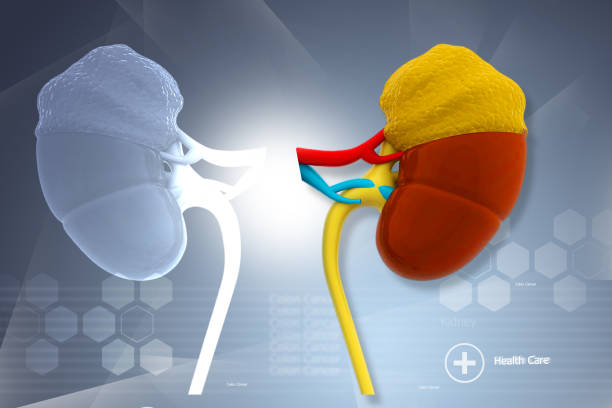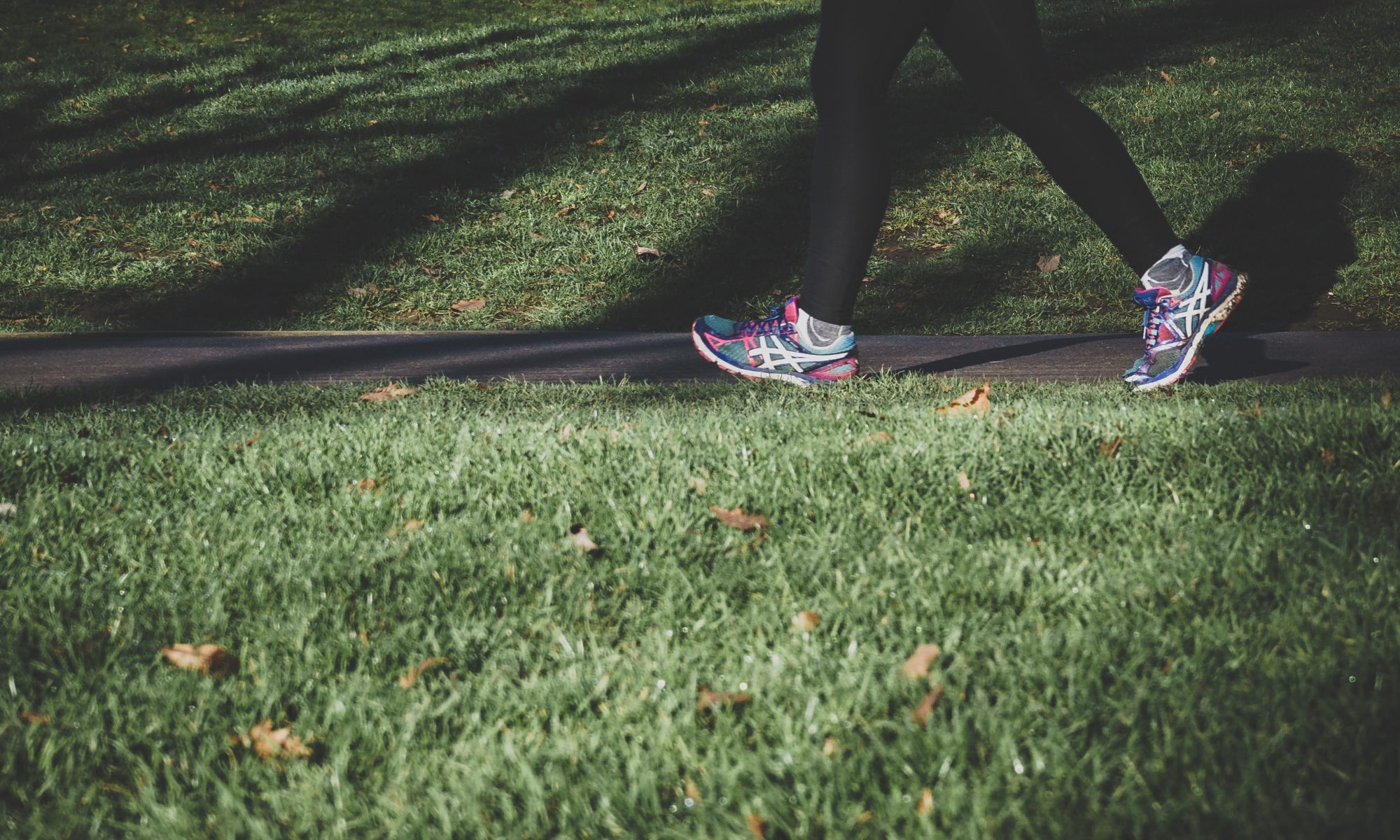By Mark E. Neumann
In a recent editorial, Beatrice Concepcion, MD, wrote despite some challenges, transplantation “remains the treatment of choice for most patients with advanced kidney disease,” offering a better quality of life compared with dialysis.
Administrators of the Medicare End-Stage Renal Disease Program see kidney transplants as more cost effective compared with dialysis and encourage the option through demonstrations that are part of the Advancing American Kidney Health initiative.
Read the full article in Healio.









